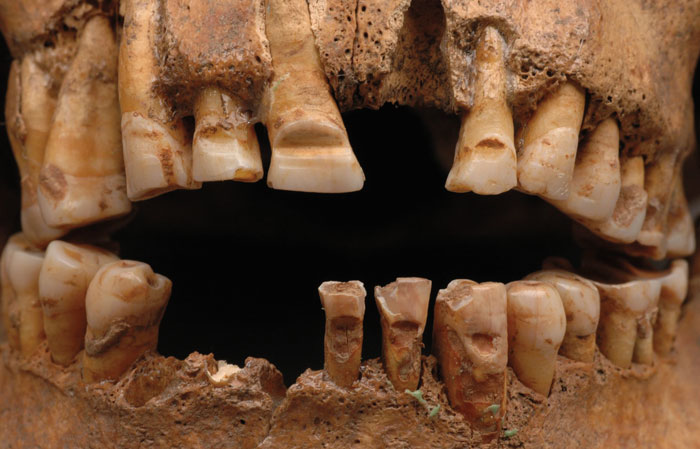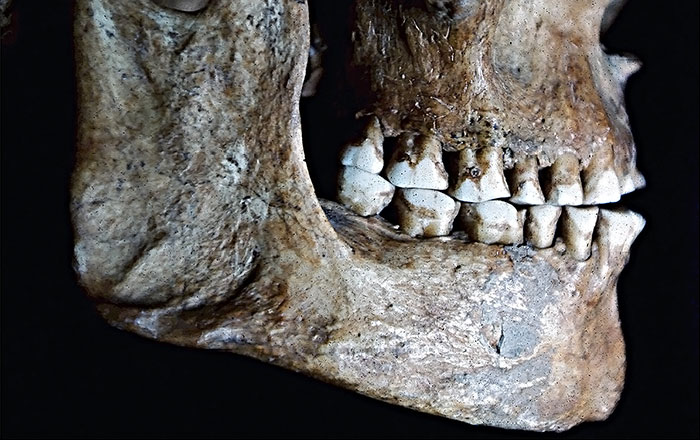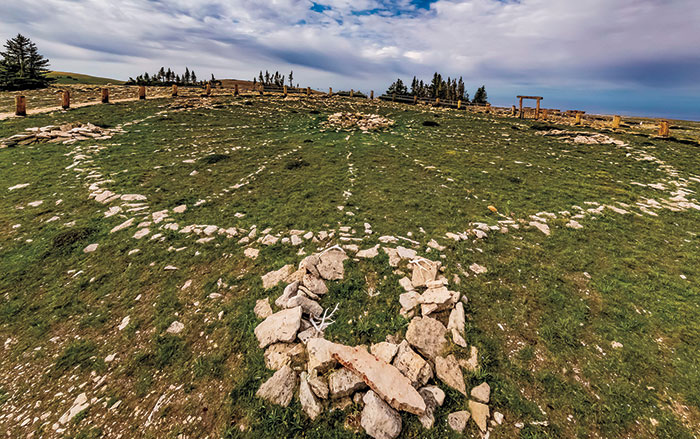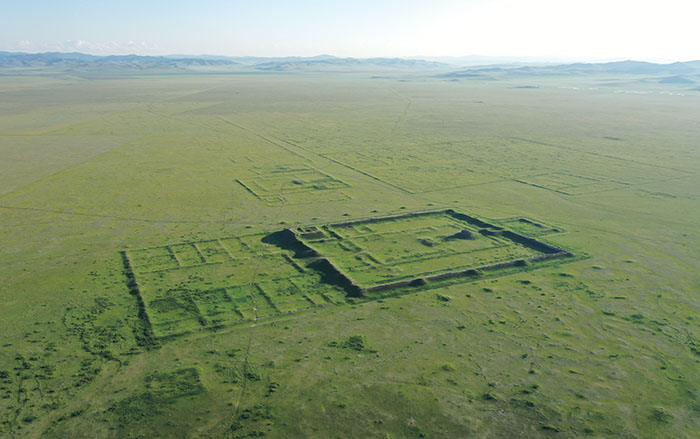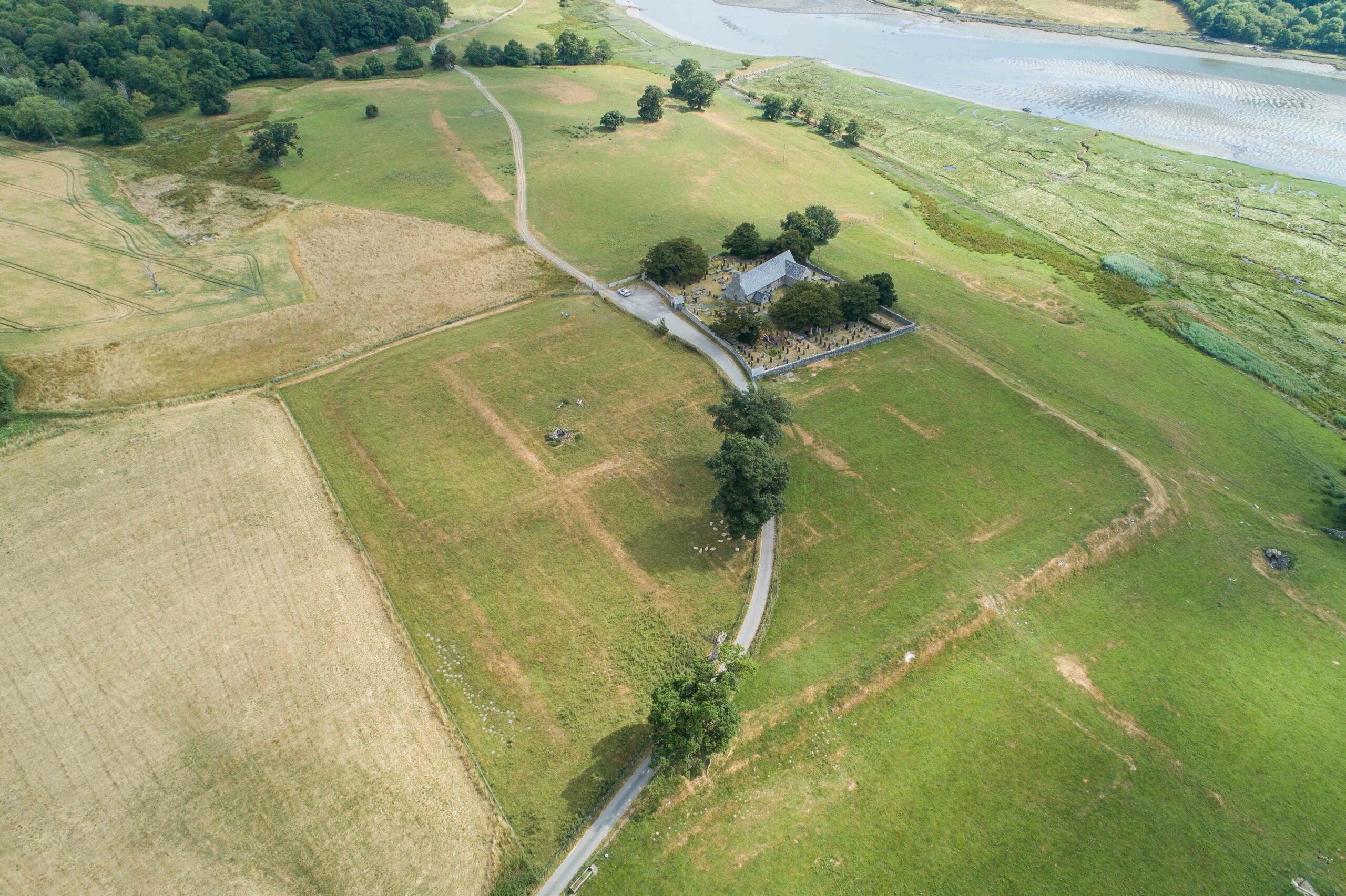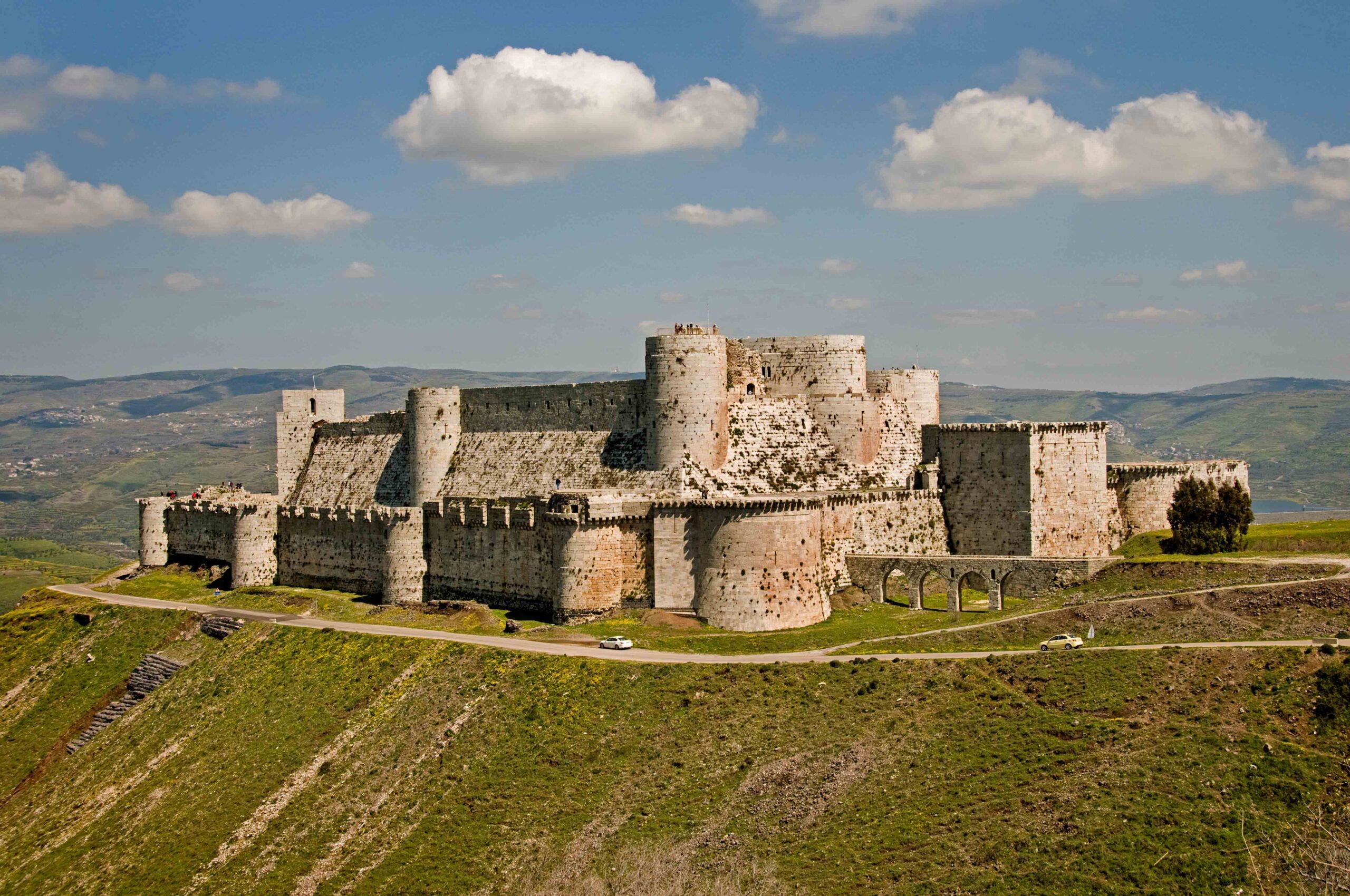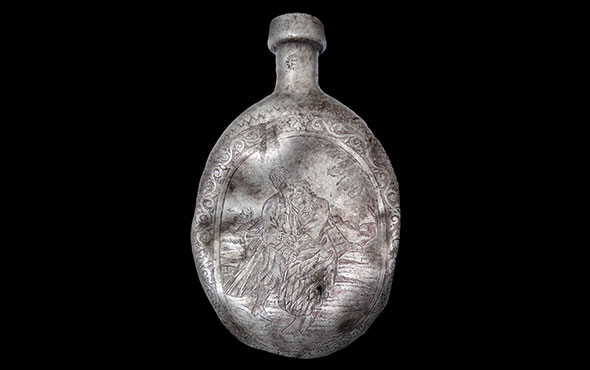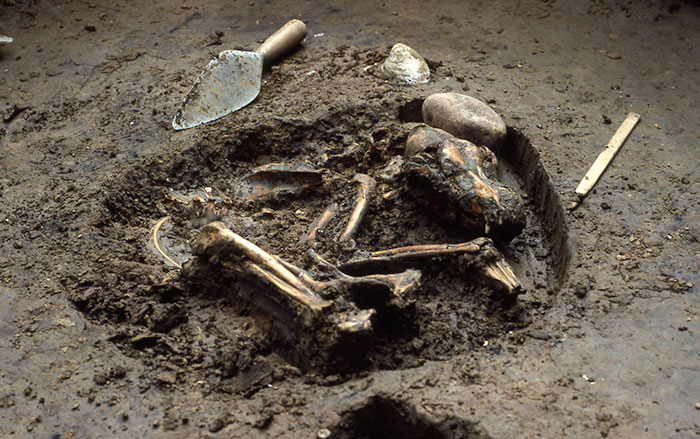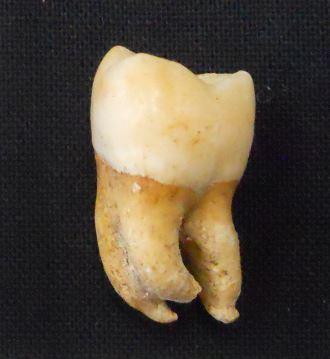
DAVIS, CALIFORNIA—The Boston Globe reports that researchers from the University of California, Davis, have developed a technique to determine the sex of skeletal remains based on amino acid sequences in tooth enamel proteins. The enamel is dissolved in acid, heated, ground, and treated with an enzyme before it is examined with a mass spectrometer. Glendon Parker of the university’s department of environmental toxicology explained that the test works because a protein found in tooth enamel comes from a sex-specific gene. Anthropologist Jelmer Eerkens added that determining the sex of a person's remains can be key to learning about the social role they may have played. “In both ancient and modern societies around the world, sex is often a strong determinant of your identity within a society,” Eerkens said. “It determines things like whether you can inherit land, when you get married, and whether you need to move to your new spouse’s village.” To read in-depth about how dental plaque is being used to study the past, go to “Worlds Within Us.”


